


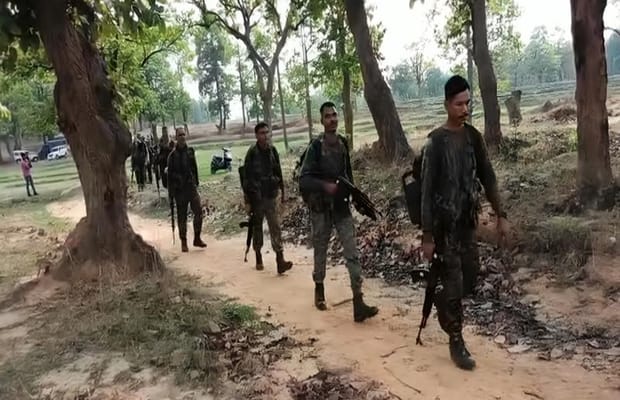








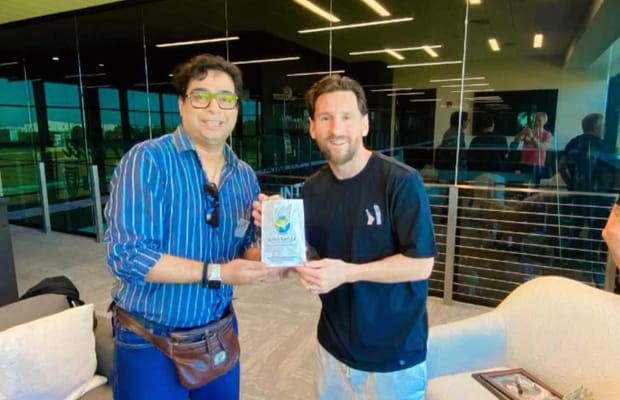







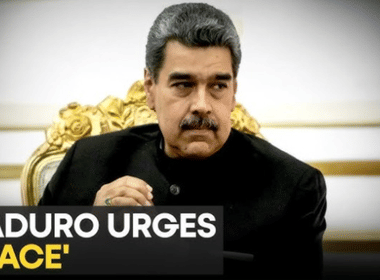






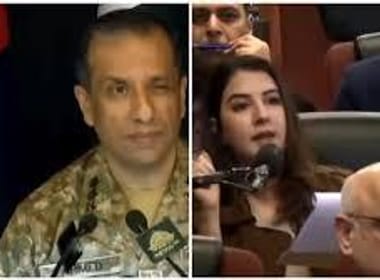




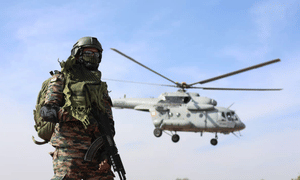
The closing ceremony of the fifth edition of the India–Malaysia joint military exercise Harimau Shakti was held on Friday at the Mahajan Field Firing Range in Rajasthan. The two-week exercise focused on joint tactical training and sub-conventional operations under a United Nations mandate, with the objective of improving interoperability, operational coordination, and mutual trust between the two armies.
According to the Indian Army, the drills strengthened the ability of both forces to carry out counter-terrorism and sub-conventional operations in semi-urban and urban environments, reflecting their shared commitment to regional peace, stability, and defence cooperation. “Together we stand ready for tomorrow,” the Army stated. The fifth edition of the exercise began on December 5 and concluded on December 18.
During the training period, troops from both sides conducted Army Martial Arts Routine drills, helicopter slithering, and low-hover jumps from Mi-17 helicopters. Counter-IED familiarisation was also carried out through structured briefings and visits to specialised training facilities. The exercise included a joint display of weapons and equipment, showcasing next-generation systems used at the company and battalion levels. Yoga sessions and friendly sports activities were organised to encourage physical fitness and strengthen camaraderie.
As part of the programme, troops were introduced to counter-insurgency and counter-terrorism concepts, followed by lectures and demonstrations on patrolling techniques. Mixed teams carried out joint patrolling rehearsals in simulated operational scenarios to enhance coordination, decision-making, and mission planning. Ambush theory sessions, practical demonstrations, a Command Post Exercise, and slithering drills further improved small-team tactics, operational planning, and heliborne insertion skills in challenging terrain. The Indian Army said the exercise once again reinforced professional ties, mutual trust, and defence cooperation between India and Malaysia through realistic training and shared operational experience.
Disclaimer: This image is taken from Indian Army.

Chief of Defence Staff General Anil Chauhan on Saturday reviewed the Combined Graduation Parade at the Air Force Academy in Hyderabad. Addressing the flight cadets, he underlined that warfare allows no second place, stressing that Operation Sindoor remains ongoing despite a reduction in operational intensity.
General Chauhan warned that there is zero tolerance for error and that complacency carries severe consequences. He noted that the cadets are entering the Air Force at a time marked by heightened operational readiness, calling it a new normal that demands constant alertness, agility, and preparedness. Emphasising that success must become habitual, he said wars are won through decisive action rather than words.
The parade marked the completion of pre-commissioning training for flight cadets from various branches of the Indian Air Force at the Air Force Academy, Dundigal, with General Chauhan serving as the Reviewing Officer. He also congratulated cadets from Vietnam, stating that their participation reflects the growing trust and friendship between India and Vietnam. Wishing all graduating trainees success, the CDS said their careers ahead would be defined by honour, sacrifice, and a sustained pursuit of excellence.
Disclaimer: This image is taken from ANI.

Mukesh Tyagi, Border Security Force (BSF) Inspector General of the North Bengal Frontier, stated that the India-Bangladesh border remains secure, with incidents of border crime and infiltration having decreased in recent years. Responding to a query on the border’s status, he mentioned that the BSF also assists individuals who voluntarily wish to cross into Bangladesh, a practice ongoing for several months.
“The border with Bangladesh is secure. Border crimes are declining due to our strong patrolling and the installation of new fencing. Infiltration has gone down. Regarding voluntary crossings, we facilitate those who wish to go into Bangladesh. I wouldn’t attribute this to SIR, as this has been happening for some months,” Tyagi told ANI.
He added that modern surveillance technology, including cameras and other equipment, has been installed along the border, and older fencing has been replaced. “Old fencing has been replaced in this corridor. Surveillance cameras and other equipment have also been installed. We also increase forces when needed and keep a close watch on the Siliguri Corridor (Chicken’s Neck), taking action whenever necessary,” he said. Tyagi further highlighted the strong cooperation between BSF and Border Guard Bangladesh (BGB). “Our relations with BGB are excellent. All Bangladeshi nationals caught are handed over to BGB, and they cooperate with us,” he added.
The BSF Meghalaya Frontier reported significant operational gains along the 444.857 km India-Bangladesh border in its annual performance summary released on Monday. Between January and November 2025, BSF personnel seized contraband worth Rs 29.43 crore, including Yaba tablets, ganja, and Phensedyl cough syrup, striking a major blow to cross-border smuggling networks.
To curb illegal migration, the force apprehended 449 individuals attempting to cross the border illegally, including 213 Bangladeshi nationals and 31 Indians involved in infiltration. Officials noted that coordinated crackdowns on tout networks and enhanced monitoring of vulnerable routes have strengthened border security across key sectors.
Disclaimer: This image is taken from ANI.

Admiral Dinesh K Tripathi, Chief of Naval Staff, dismissed reports suggesting that a Chinese spy vessel caused a delay in an Indian missile test, calling such claims “somebody’s figment of imagination” or a possible planted narrative during his remarks on 30 November 2025. Speaking at the National Defence Academy’s 149th Passing Out Parade in Khadakwasla, Admiral Tripathi admitted he was not fully aware of the specifics. He noted that in the past, survey and satellite-tracking ships from other countries have appeared near areas of Indian interest, occasionally requiring operational adjustments.
The Navy Chief emphasized that such occurrences are part of routine global maritime practices. He stated that the Indian Navy consistently monitors foreign vessels, including dual-use ships, to maintain full maritime domain awareness in the Indian Ocean Region. The parade marked the completion of three years of training for 329 cadets, including 20 from friendly foreign nations and a second batch of 15 women cadets. Admiral Tripathi, an NDA alumnus, reviewed the parade and lauded the graduates for their discipline and dedication. He also highlighted the academy’s 75-year tradition of excellence, quoting Prime Minister Narendra Modi: “The path to peace runs through power,” and noted that the cadets embody this principle, ready to protect India’s sovereignty and that of partner nations.
Chinese surveillance ships, such as the Yuan Wang-class and Shi Yan-6, have frequently entered the Indian Ocean, often around Indian missile test schedules. Past instances, including in 2022 near Bali and recent sightings in late November 2025, reportedly delayed tests from 25–27 November to 1–3 December.
Equipped with advanced sensors for tracking missile trajectories and underwater activities, these vessels are closely monitored by India. The country has deployed assets for surveillance and occasionally engaged diplomatically, such as with Sri Lanka over the docking of such ships at Hambantota port. Admiral Tripathi’s statements reflect India’s continued vigilance against foreign intelligence-gathering in strategic waters. Operation Sindoor remains active, demonstrating integrated tri-service preparedness amid regional tensions.
Disclaimer: This image is taken from desi talk chicago.
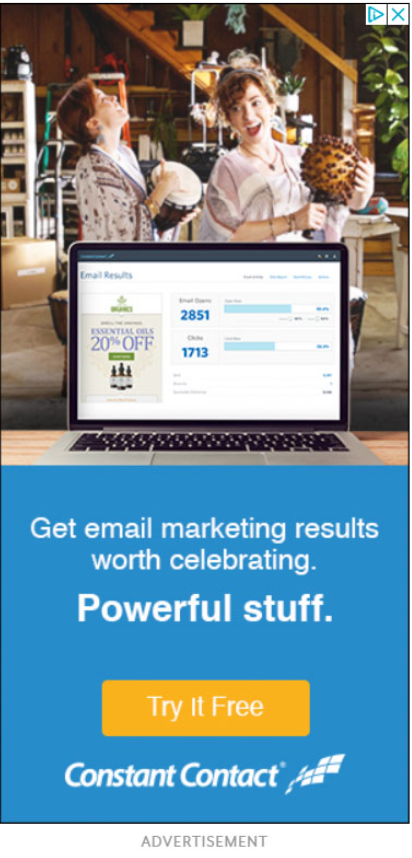
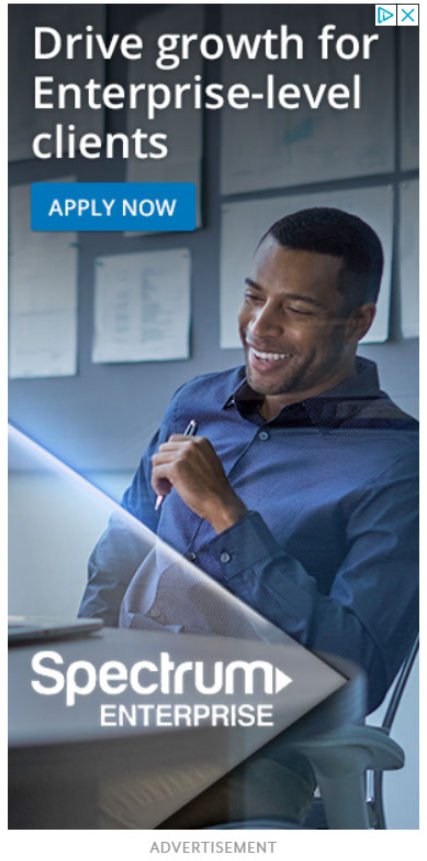

The United States’ confiscation of a sanctioned Venezuelan oil tanker represents a significant escalation, denounced by Caracas as “international piracy.” Andrea Heng and Hairianto Diman examine the underlying strategic signal the Trump administration is sending to Latin America in the context of China’s expanding influence, alongside Ross Feingold, Head of Research at Caerus Consulting. They assess whether this aggressive move qualifies as a justified national security action, whether it accomplished its intended objectives, and how neighbouring countries have responded in the immediate aftermath.
Disclaimer: This podcast is taken from CNA.

On September 3, China held its largest military parade to date in Beijing’s Tiananmen Square to commemorate the 80th anniversary of the end of World War II. The event featured tens of thousands of soldiers, along with hundreds of aircraft, ground vehicles, and advanced weaponry. More than just a show of military might, the parade was intended as a symbol of deterrence, national solidarity, and a display of Xi Jinping’s authority in a period of global uncertainty. Andrea Heng discussed the significance of the event with Dr. Mustafa Izzuddin, Senior International Affairs Analyst at Solaris.
Disclaimer: This Podcast is taken from CNA.

On May 18, Prime Minister Benjamin Netanyahu’s office announced that Israel would relax its blockade to allow limited food supplies into Gaza, following the military’s declaration of “extensive ground operations” in both the northern and southern regions of the enclave. Andrea Heng and Hairianto Diman provide the latest updates from Stephen Zunes, Professor of Politics at the University of San Francisco.
Disclaimer: This Podcast is taken from CNA.

India's military operations chief is set to meet with his Pakistani counterpart to discuss the next steps following the ceasefire. After some initial violations, there were no reports of explosions or projectiles overnight. Andrea Heng and Hairianto Diman provide the latest update with insights from Dr. Christopher Snedden, a political scientist and author.
Disclaimer: This Video is taken from CNA.








